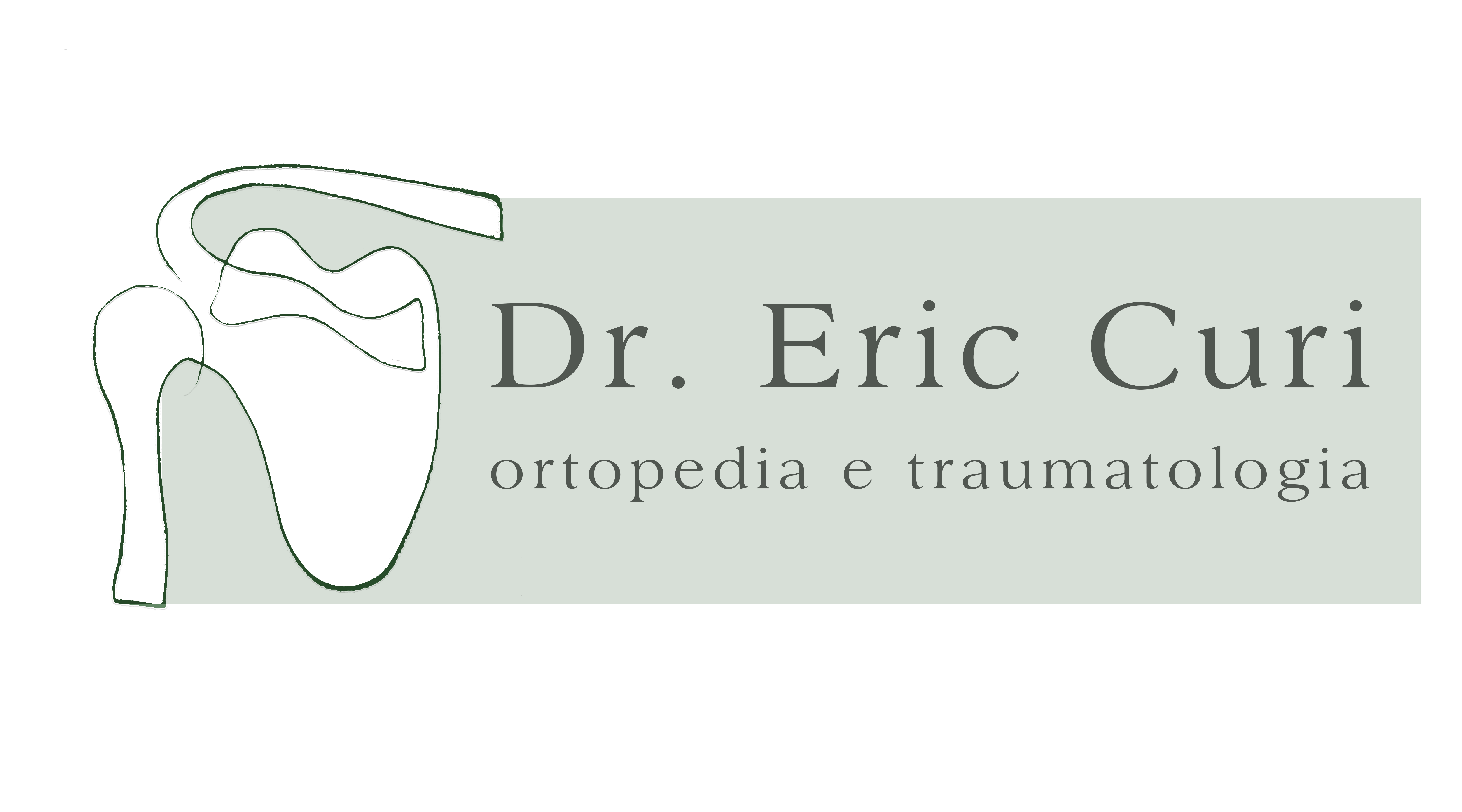Meet Dr. Eric Curi, Orthopedic Surgeon and Traumatologist, specialist in Shoulder and Elbow surgery in São Paulo.
Clavicle Surgery: Everything You Need to Know
Shoulder Pathologies
Elbow pathologies
General Orthopedics
Últimos Artigos
Certain conditions may require clavicle surgery, and having a specialized orthopedic surgeon is essential.
While post-surgery recovery requires special care, the current advancements in shoulder surgery techniques enable us to achieve excellent results, restoring quality of life and well-being to patients. Interestingly, post-operative rehabilitation for clavicle fracture surgery can be much faster than conservative treatments, which do not involve surgery.
Let’s take a closer look at clavicle fractures and how we can perform a successful treatment.
Did you know that quadrupeds don’t have clavicles? Fascinating, right?
What is the Clavicle and What Does it Do?

The clavicle, commonly known as the collarbone, is a long bone that connects the sternum (the bone in the front of the chest) to the scapula (often called the “shoulder blade”).
It acts as a support, keeping the arm away from the torso and allowing shoulder mobility.
In addition to supporting the shoulder, the clavicle also protects critical nerves and blood vessels that pass beneath it. It is the only true bony connection between the upper limbs and the rest of the body (the appendicular skeleton).
What Are the Most Common Injuries to the Clavicle?
The most common injuries to the clavicle are fractures (broken bone) and dislocations (when the joint moves out of place). This text will focus on clavicle fractures. Dislocations of the clavicle, including acromioclavicular (AC) and sternoclavicular (SC) dislocations, are treated in a separate section.

Normal X-ray of a left clavicle
Fractures of the clavicle are very common. In fact, the clavicle is the most frequently fractured bone in the human body! These fractures can occur at any age, from newborns to the elderly, with young men being the most affected group.

X-ray of a left clavicle fractured in it´s middle third
These fractures typically happen due to trauma, such as falls onto the shoulder. An interesting (and somewhat sad) fact is that the clavicle can fracture during childbirth.
The pain from this injury is usually intense, felt in the chest, shoulder, and back areas. There will often be swelling and bruising at the injury site, along with difficulty moving the shoulder. The location of the pain will be the most tender, and you might be able to feel the broken bone fragments moving.
If a clavicle fracture is suspected, X-rays are usually sufficient to confirm the diagnosis. In some cases, additional imaging, such as a CT scan, can be used to assess more complex fractures and aid in surgical planning. An MRI may also be ordered if there is suspicion of ligament or soft tissue damage, which may not show up on X-rays or CT scans.
When is Surgery Required for a Clavicle Fracture?
The treatment for clavicle fractures depends on the degree of bone displacement and the patient’s clinical condition.
Some clavicle fractures are treated conservatively, without surgery. However, surgery becomes necessary in cases of significant bone displacement (severely displaced and comminuted fractures), fractures involving the joint (where the clavicle articulates with either the sternum or scapula), open fractures, or fractures associated with injuries to nerves, blood vessels, or tendons.
It’s essential to have an experienced orthopedic surgeon assess your injury and guide you toward the best treatment option.

Post opperation X-ray of a left clavicle fractured in it´s middle third and fixed with a plate and 6 screws, 3 on each side of the fracture
If surgery is necessary, it should ideally be performed within the first week after the trauma. Delaying surgery can lead to poor healing, which makes the procedure more complex. However, it is not mandatory to operate immediately, and it’s perfectly acceptable to seek multiple medical opinions before making such an important decision.
What is the Preparation for Surgery?
Consultation and Exams:
Before surgery, you will undergo a thorough medical evaluation, including physical exams and imaging tests. In some cases, patients may opt to get admitted immediately after diagnosis to speed up the surgery process.
Additionally, we recommend a pre-operative consultation with a general physician – often a cardiologist or geriatrician – so that we ensure the procedure is as safe as possible.
Medications and Instructions:
Pre-surgical blood tests will be performed in the emergency room, and pain medications and other prescriptions will be provided. A sling will be placed to immobilize the arm. You will also need to fast for 8 hours before surgery.
Post-Surgical Planning:
Planning for post-surgery is crucial for a smooth recovery. In the case of an orthopedic emergency, it may not be possible to plan every detail, but ideally, the patient will need assistance with daily tasks for the first week and should refrain from working during this time. For manual labor jobs, a longer absence from work may be necessary, but for office jobs, returning to work after a week is often possible and safe.
How is the Surgery Performed?
Anesthesia Type:
We usually opt for general anesthesia combined with local anesthesia (infiltrating the surgical wound with a local anesthetic) to ensure comfort and safety during the procedure.
Surgical Procedure:
Surgery typically involves using a plate and screws through an open incision of approximately 8 cm above the clavicle.
Immediate Post-Operative Care
After surgery, the patient will be taken to the recovery room to monitor the effects of anesthesia. Once stabilized, the patient will be transferred to their room. In most cases, if the surgery is completed by 3 PM, the patient can go home the same day. For surgeries completed after 3 PM, the patient will stay in the hospital overnight and generally be discharged the following day to ensure safety and comfort.
Post-Surgical Recovery
In the first few days following surgery, the patient will need to wear a sling to immobilize the upper limb for comfort. In most cases, the time spent wearing the sling is short. After a few days, it will be possible to go without the sling at home, and within about two weeks, the sling can be fully discontinued.
Physical therapy is not mandatory for clavicle fractures compared to other shoulder and elbow injuries where therapy plays a crucial role, but it is definitely beneficial. It aids in pain control, full mobility recovery of the shoulder, scapula, and elbow, and muscle strengthening. The physiotherapist will recommend specific exercises for optimal rehabilitation.
The time to resume activities varies. Early post-surgery, you will need to remove the sling to mobilize your elbow and wrist and start walking. By the following day, using a computer is possible. Within a couple of weeks, the sling can be fully discontinued, and driving becomes possible. Complete recovery, with the return to unrestricted physical activities, including contact sports, may take 2 to 3 months.
What Are the Costs of Surgery?
Every surgery has three cost components: hospital costs, surgical material costs, and the medical team’s fees—this includes the surgeon, assistants, anesthesiologist, nurse, and secretaries.
Health insurance typically covers hospital and surgical material costs. However, medical fees vary, and reimbursement will depend on the policy.
For private surgeries, the patient is responsible for all costs, which can sometimes be negotiated. For clavicle fracture surgery, the medical fees typically range from R$ 10,000 to R$ 40,000, depending on the complexity of the surgery.
Always consult with well-trained, experienced orthopedic surgeons for the best diagnosis and treatment.
Would you like to learn more about clavicle fractures? Schedule a consultation with Dr. Eric Curi and start your journey toward a healthy recovery!
Want to Learn More? Schedule a Consultation with Dr. Eric Curi.
Vila Olímpia
SARTOR - Medicina Integrada
- (11) 3045-2090
- Rua Helena, 218 - Trade Tower - 4º Andar
- Segunda - Sexta : 09:00 -18:00








